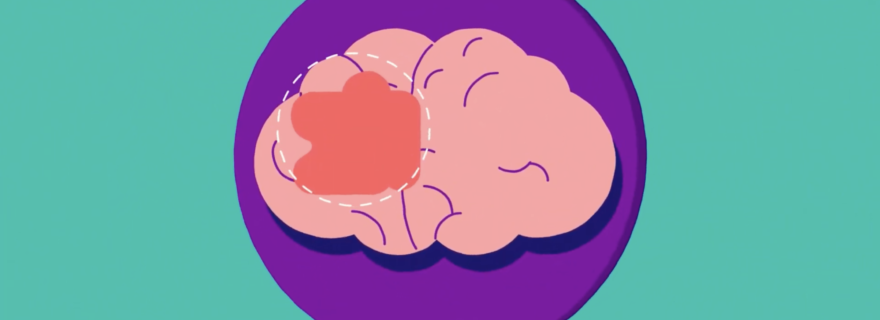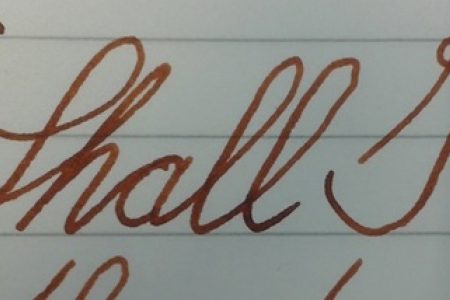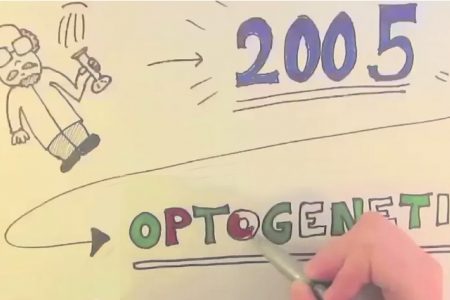Can your brain sense things? Why and how to co-create science communication with youth
Many examples of amazing science communication exist, but they often remain uni-directional. To connect with society, science communicators need to interact with their audience and ask what they want to learn. This holds especially for communication with youth.
This blog is a collaborative effort by pedagogical scientists Dietsje Jolles, Linda van Leijenhorst and psychologists Berna Güroğlu, Iris Koele, Annelinde Vandenbroucke and Kiki Zanolie.
'Let me tell you something about the brain
When researchers communicate about science to the general public, in this case about neuroscience, they often share their insights by giving a talk, writing an article for the popular press, or simply by tweeting about a recently published paper. And although there are many amazing books, blogposts, TED talks, and even some thought-provoking tweets out there, science communication often involves researchers sending out a message, instead of engaging in a conversation with the target audience. Asking people what they want to learn enables science communication efforts to align more closely with the audience’s background knowledge and interests. This is particularly important when it comes to communicating with youth.
Science communication for youth
At our Faculty of Social and Behavioural Sciences, there are several research groups that specialize in developmental cognitive neuroscience. Broadly speaking, developmental cognitive neuroscience examines how the brains of young people develop in relation to their cognitive and socio-emotional functioning. This means that the participants in our research are children and adolescents, and the knowledge we generate is about their functioning and development. When communicating about this research to the general public, it is crucial that research outcomes are not only communicated to adults. It is important to reach youth as well. Not only are they the main focus of our research. But also the knowledge we gain about how the brain works may help them to understand their own behavior and may contribute to the choices they make in their daily lives.
As an adult, however, it can be challenging to relate to the inner lives of youth and to fully understand their thoughts and desires. This is why interventions that strive to influence young people’s behaviour are often unsuccessful. Therefore, it is even more important to discover what young people already know, what they are interested in, and how we can best communicate research findings to them. To do this, a group of scientists from Developmental Psychology (CHANGE) and Education & Child Studies (Brain & Education lab) got together to develop science communication in collaboration with people with developing brains. Through the KNAW pilot project Science Communication by Scientists: Rewarded! we were able to design a new science communication project based on this venture.
Involving young people
To optimally design our science communication, we focused on three main questions:
- what do young people already know about the brain;
- what are they interested in;
- how would they like to be informed?
More than 300 children aged 10-15 filled out a questionnaire in class about their knowledge of brain facts and their belief in so-called 'neuromyths’. Outcomes of the questionnaire revealed that children and adolescents already knew some basic facts, such as that the brain continues to develop even once you stop growing in height. Yet, the majority of our young participants also believed in common neuromyths such as “some people use their left hemisphere more than their right, or vice versa” (71% believed this myth), or “whether you’re good at math or languages is fixed and not trainable” (69% believed this myth). So now we had some indication of their knowledge and misconceptions about the brain. Next, we asked them to indicate the topics they would like to know more about, and what their preferred way of communication was. We ended every co-creation session with an interactive presentation about brain facts and neuromyths, allowing lots of room for their remaining questions.
Let’s talk about …
Most young participants indicated that they were interested in
- the general functioning of the brain (e.g., how does it work, what does the brain look like?);
- the development of the brain (e.g., what changes occur during adolescence, and how does emotion regulation develop?);
- learning (e.g., how does the brain learn, how can I motivate myself to learn?);
- and sleep (e.g., why do we need sleep, how do dreams come about?).
A hot topic with high school students was stress (e.g., why are some young people more stressed, why do young people express stress differently?). In terms of communication methods, we gathered that youth liked both having another person explain new information to them live, and learning new information via videoclips. Our discussions in additional focus groups provided further insight about what type of videoclip would best convey the information: animation movies. The participants preferred this format because the content and audio are aligned with each other, and there are no other activities (speakers, background) that distract listeners from absorbing the information.
…the developing brain and learning
To make this co-creation project come alive in the form of animation videos, we worked together with Public Cinema, a communication consultancy, to create storyboards around two of our target group’s favorite topics: the developing brain and learning. Again, in this last step we involved youth by asking them to review the storyboards. To ensure a large audience for our animation videos, we started a collaboration with museum CORPUS. CORPUS have just launched their ‘Kids Academy’, in which they organize events and communicate information about the body to children and adolescents. Our videos about the developing brain provided a perfect fit for this program.
'Let me ask you what you want to know about the brain'
In this project, we got inspired by working with youth in uncovering what they find interesting about the brain, how they view science communication, and how to involve them in designing a communication product. We would like to challenge all our colleagues: instead of just telling your audience about your research, start by asking: what would you like to know? And take it from there. You may even learn some new things about brain sensations yourself.










